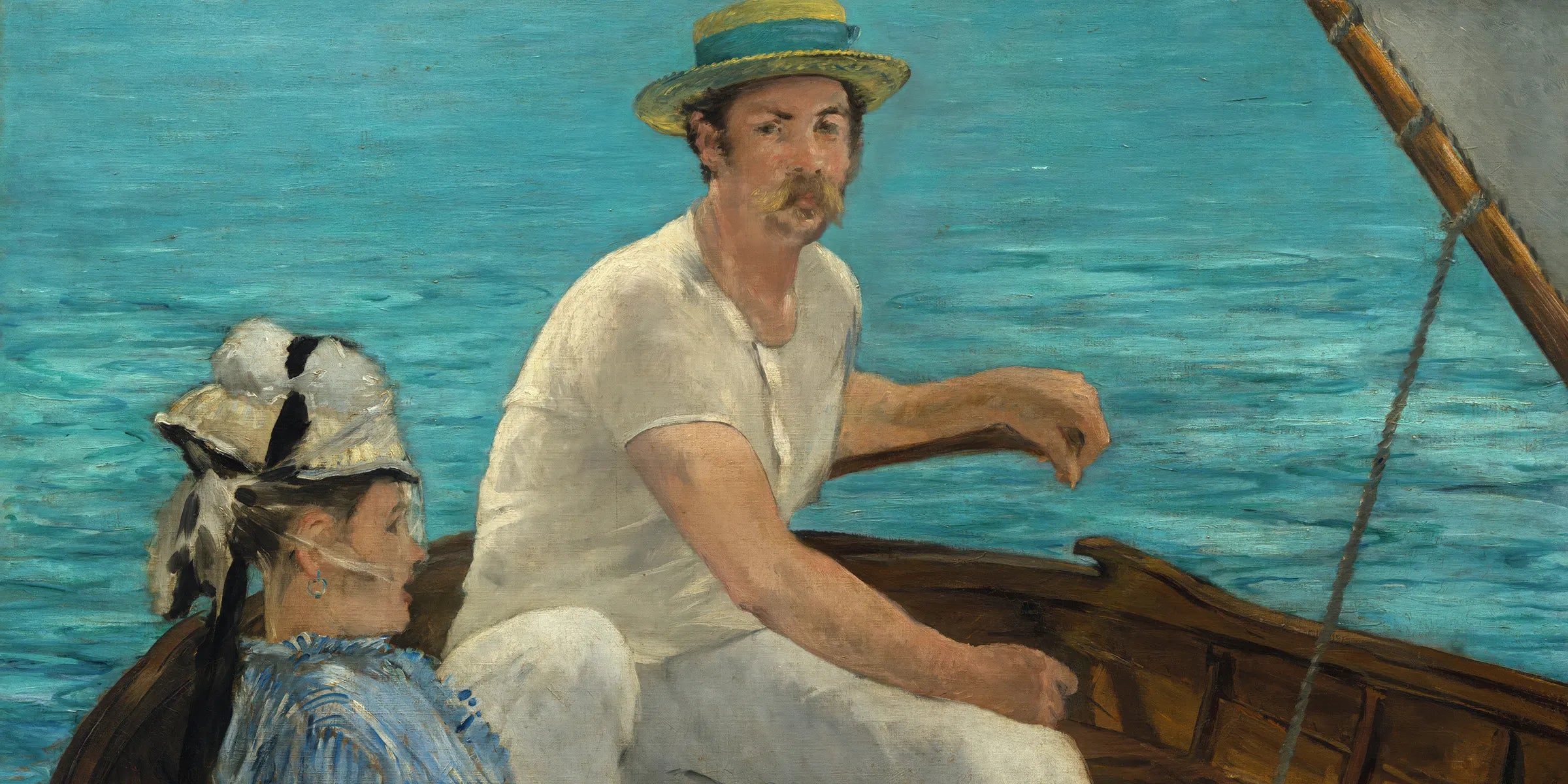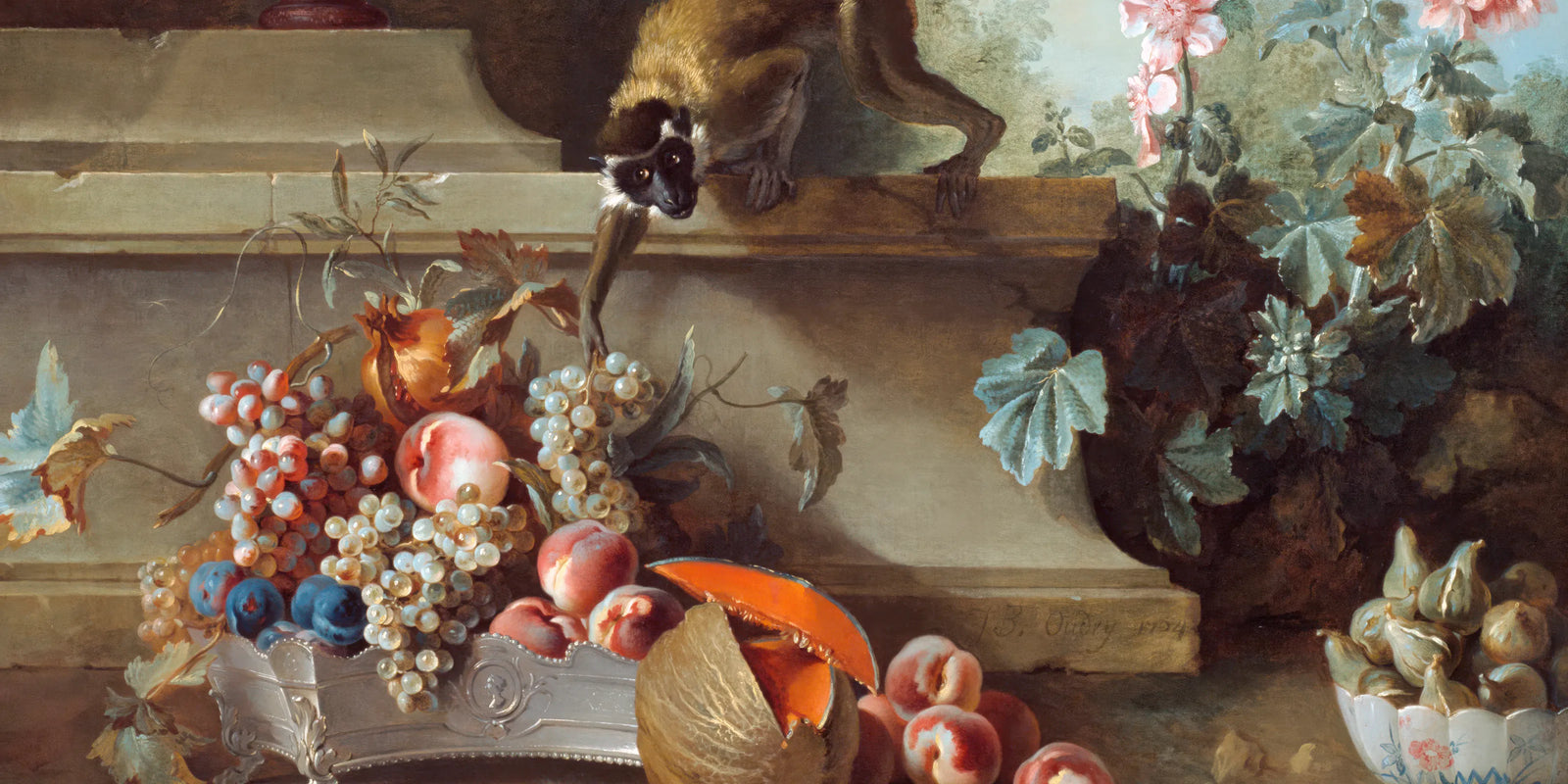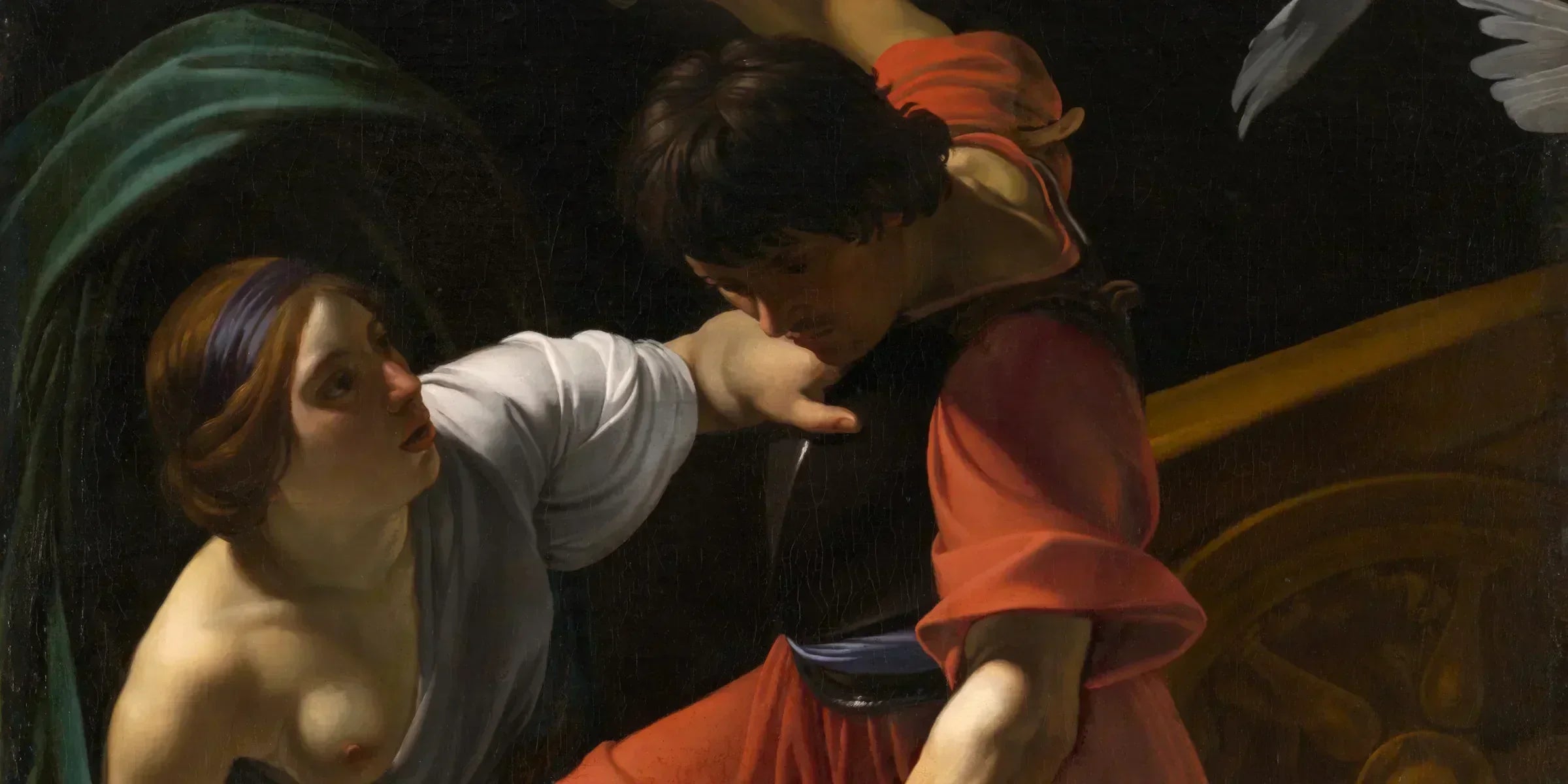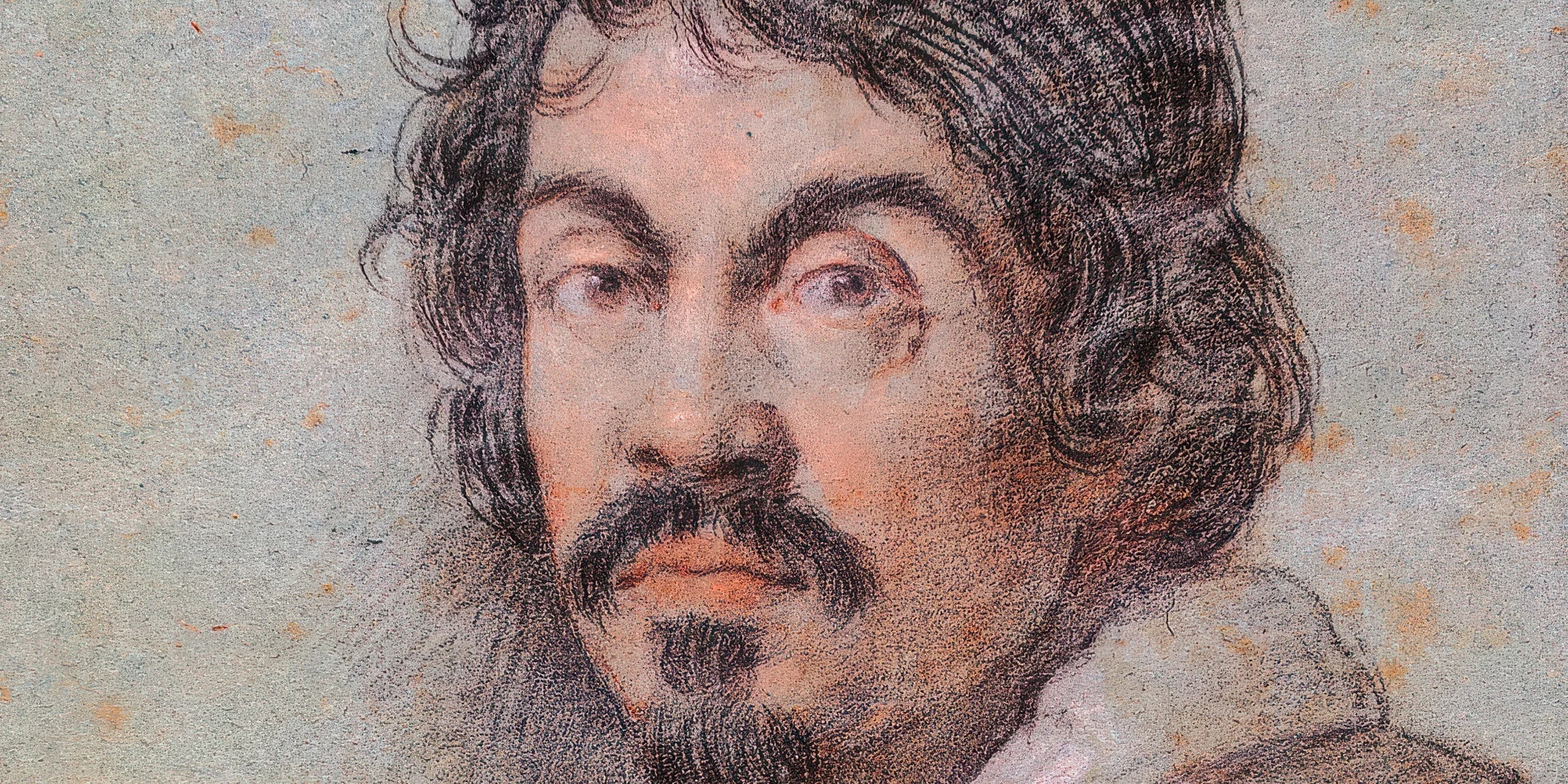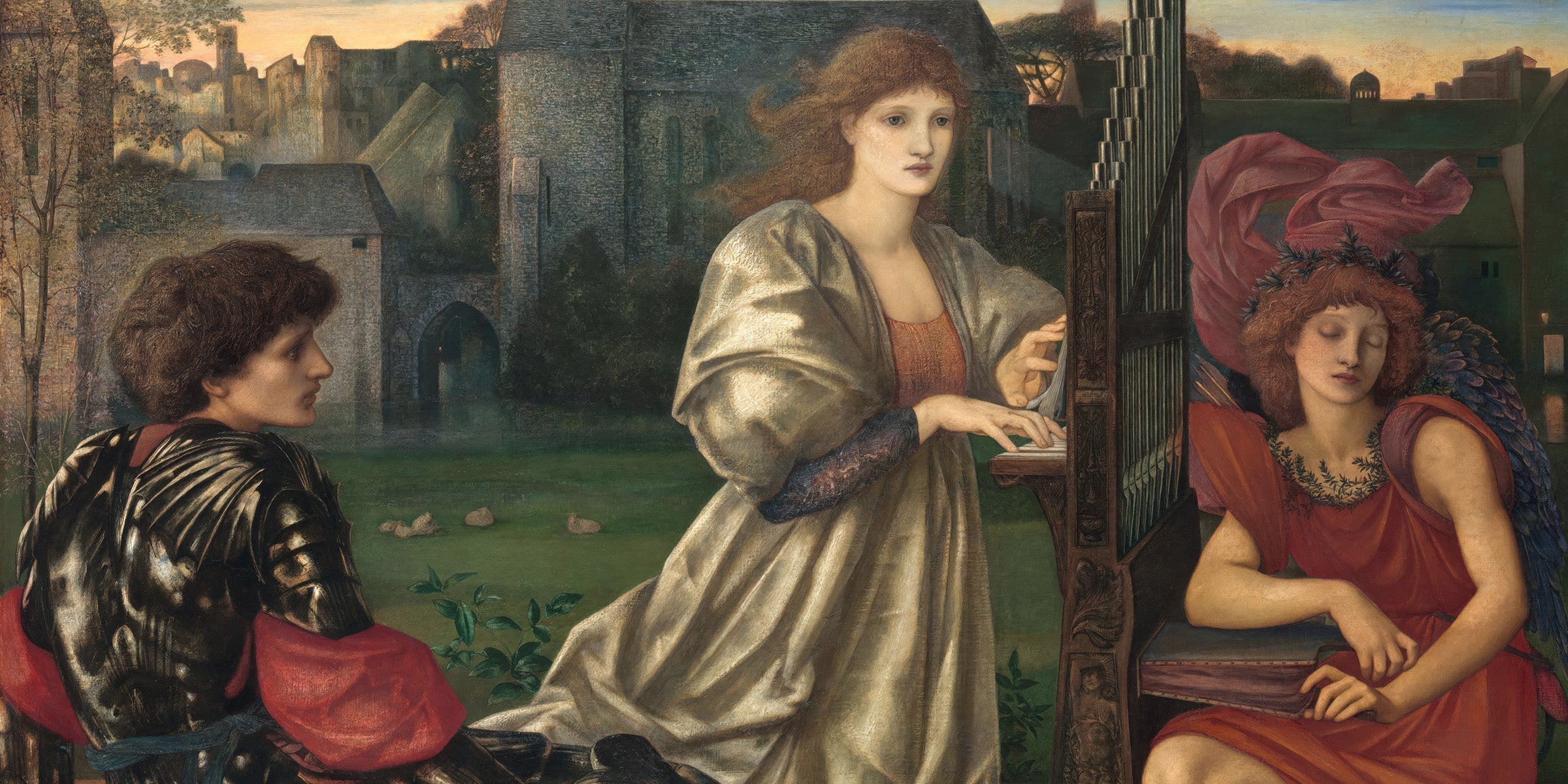Mythological Vision in Paint
One of the most breathtaking representations of Greek mythology in art, Perseus and Andromeda by Frederic Lord Leighton, captures a dramatic moment of heroism, beauty, and fantasy. Painted in 1891, this masterpiece immerses viewers in the mythological tale of Perseus rescuing Andromeda from the sea monster. Leighton, a key figure in the Victorian art scene, was renowned for his neoclassical and academic style, and this work stands as a testament to his mastery of composition and form.

Mythological Inspiration
The painting is based on the Greek myth of Andromeda, the daughter of Cepheus and Cassiopeia, who was chained to a rock as an offering to a sea monster. Her fate was sealed due to her mother's arrogance in claiming that Andromeda was more beautiful than the Nereids, the sea nymphs. Perseus, fresh from slaying Medusa, arrives on his winged steed Pegasus and defeats the monster, claiming Andromeda as his bride.
Leighton’s interpretation of this tale is both dramatic and romantic, portraying Perseus in a moment of dynamic action while Andromeda, the damsel in distress, remains vulnerable yet ethereal in her pose.
Leighton’s Style and Technique
Leighton was a leading figure in the Academic Art movement, which emphasized classical themes, idealized figures, and precise technique. Perseus and Andromeda showcases his signature approach:
- Dynamic Composition: The painting is full of movement. Perseus, wielding a sword, is in a heroic stance atop Pegasus, descending from the sky. Below, Andromeda’s delicate, contorted pose contrasts with the chaotic waves and monstrous figure emerging from the sea.
- Color and Light: Leighton’s use of luminous color enhances the drama. The warm flesh tones of Andromeda contrast sharply with the darker, ominous sea and the grotesque form of the monster.
- Idealized Figures: True to Academic tradition, the figures are meticulously proportioned and sculptural in quality, inspired by classical Greco-Roman art.
Fascinating Facts
- Leighton’s Last Great Work – Perseus and Andromeda was one of Leighton’s final large-scale works before his death in 1896. It encapsulates his lifelong fascination with classical mythology and Renaissance-inspired compositions.
- A Connection to the Pre-Raphaelites – Though often associated with the Academic style, Leighton had close ties with the Pre-Raphaelite Brotherhood, sharing their obsession with mythological and medieval themes.
- Influence from Renaissance Masters – The dynamic poses and the interplay of light and shadow in Perseus and Andromeda reflect influences from Michelangelo and Rubens, whose works Leighton studied extensively.
A Legacy of Classical Beauty
Leighton’s Perseus and Andromeda is more than just a mythological painting—it’s a celebration of classical ideals, storytelling, and technical excellence. His ability to fuse movement, drama, and beauty in a single composition ensures that this painting remains an enduring piece of 19th-century art.
If you’re captivated by mythological masterpieces, explore our collection of classical reproductions inspired by works like Perseus and Andromeda—a perfect way to bring timeless beauty into your home.




